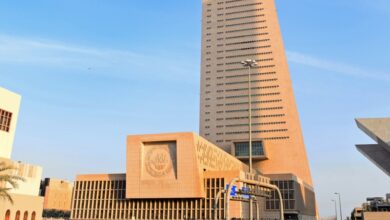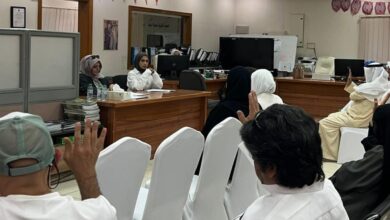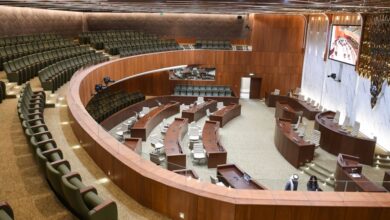
International Atomic Energy Agency (IAEA) Director General Rafael Grossi said today that radiation levels across the Gulf region remain within normal limits, despite recent military escalations between Iran and the Israeli occupation that caused damage to multiple Iranian nuclear facilities.
In a statement published on the IAEA’s official website, Grossi noted that radiation monitoring data —collected through the agency’s International Radiation Monitoring Information System (IRMIS), which includes input from 48 countries — shows no significant radiation leaks detectable via the network, reports Al-Rai daily.
He highlighted that the primary nuclear safety concerns were the Bushehr nuclear power plant and the Tehran research reactor.
A direct strike or damage to their external power supply could have triggered a serious radiological incident impacting Iran and potentially the wider region, especially in the case of Bushehr. However, such a scenario was avoided.
Grossi reiterated the agency’s firm stance that nuclear facilities must never be targeted under any circumstances. He stated that, according to information provided by Iran’s Nuclear Regulatory Authority, the recent attacks by the Israeli occupation and the United States caused only limited radiation leaks within the affected sites, with some localized toxic effects, but no elevation in radiation levels outside those areas.
He concluded by emphasizing the need for IAEA inspectors to continue their monitoring missions in Iran as part of the comprehensive safeguards agreement between the agency and Tehran.














